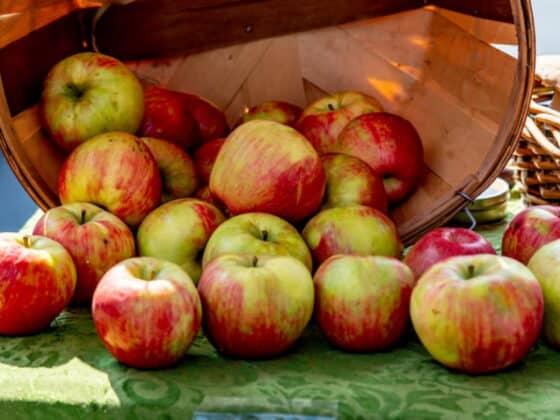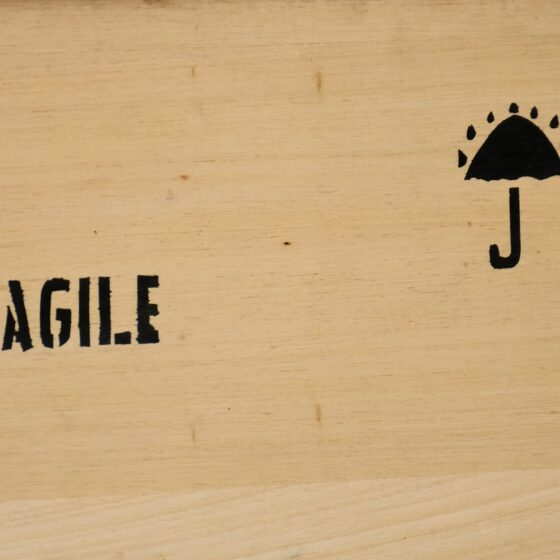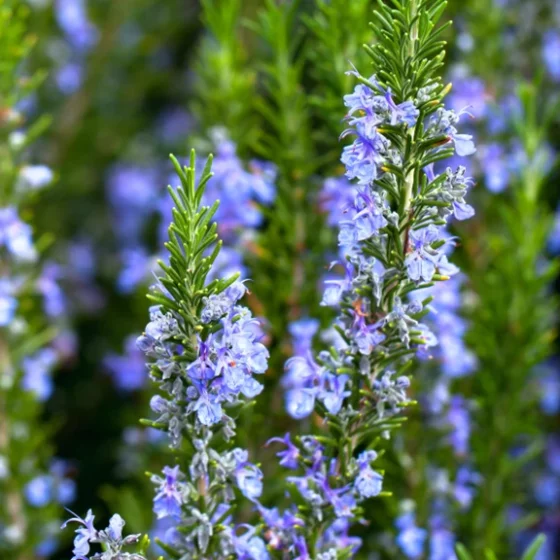Salt, chemically sodium chloride, is a kitchen staple needed in almost all foods we cook and eat, but did you know that there are quite a few types of salt? It can be a little bit confusing to keep them all straight.
So, let’s discuss how they differ and what each one brings to the table.
How Many Types of Salt Are There?
There are 12 edible salts with different flavor profiles, mineral content, color, and potency. Still, some types can be used interchangeably, but others are quite unique. Salts can also have a specific form (flakes, crystals, or grains) or variation (coarse, fine, or extra fine.)
1. Table Salt
Traditional kitchen salt, also known as table salt or rock salt, can be either iodized or non-iodized. Both versions have a specific metallic taste and multiple uses.
For example, table salt can be a cooking salt, a food preservative, an effective cleaner for your Blackstone griddle, and even a de-icer in certain situations.
That said, table salt is not exactly the highest quality salt available on the market. The sodium chloride in most table salts contains anti-caking agents to prevent clumping, and other additives, such as potassium iodide, which can affect its taste.
2. Sea Salt
This naturally sourced, non-refined salt contains traces of minerals like magnesium, calcium, and potassium that are good for the human body.
This is why many prefer sea salts over table salts. Plus, sea salt adds a pleasant crunch to dishes with its coarse texture.
3. Himalayan Pink Salt
Sourced in the Punjab region in Pakistan, Himalayan pink salt is considered one of the most mineral-rich types of cooking salt available.
These include zinc, iron, potassium, calcium, and magnesium. Because of these minerals, some believe that Himalayan salt tastes better than table salt.
In addition, this type doesn’t contain additives like other types of cooking salt do, making it a healthier option overall.
Unlike other types of salts, Himalayan pink salt blocks are used to manufacture moisture-absorbing, air-purifying lamps, plates, and even skincare products.
4. Black Salt
Black salt, or Kala Namak, is a type of mineral-rich cooking salt prized for its unique flavor. It gets its distinctive black color from iron content, which makes it an excellent source of this important mineral.
Black salt packs many health benefits like antioxidative effects, reducing inflammation, and improving digestion.
As one of the healthiest types of salt for cooking, black salt is a great choice for anyone looking for ways to improve their overall health.
5. Kosher Salt
Kosher salt is made from coarse-grained salt with no additives and can be used for seasoning food or curing meats.
This is how it got its name, as it was used to drive moisture out of the meat during the Jewish practice of koshering.
This type of salt has a clean taste and doesn’t contain added ingredients.
6. Flake Salt
Flake salt is made by grinding natural sea salt into very thin crystal flakes, which makes it the easiest to sprinkle over food from different salts.
So, the only thing that makes this salt unique is its flaky form, which makes it ideal for seasoning foods because of its wider surface.
7. Celtic Grey Sea Salt
It gets its name because it’s harvested from the Celtic Sea in France. The salt is made by dehydrating seawater through solar evaporation, making it a pure and natural product with many health benefits.
Celtic sea salt contains 34 trace minerals. This, plus the low sodium content of 33%, makes it one of the healthiest of the different kinds of salt discussed here.
8. Fleur de Sel
French for “flower of salt,” this type comes from France and gets its name because it forms crystals shaped like rose petals on the surface of seawater.
This is the purest sea salt you can find. There are no marine contaminants or impurities, hence no bitterness in its flavor.
This type of salt has a mild flavor that won’t overpower your food, making it perfect for adding a finishing touch to your favorite meals.
9. Red Hawaiian Salt
Red Hawaiian salt, also known as Alaea salt, is a mineral-rich type of salt used to add flavor and nutritional value to foods.
It gets its name from the red clay added to seawater as it evaporates, which gives the crystals a beautiful deep red color.
Undeniably, this is the most attractive among the different colors of salt. So, if you’re looking for an exotic cooking salt that can add visual appeal to your favorite dishes, red Hawaiian salt is worth looking into.
10. Black Hawaiian Salt
It gets its color from the activated charcoal added to seawater as it evaporates. This is also what gives this salt an antioxidant effect.
It has a much more subtle flavor than red Hawaiian salt and is ideal for people who prefer low-sodium options.
11. Smoked Salt
This type of salt is cold smoked for up to two weeks with wood (such as alder, apple, hickory, or mesquite) to produce a distinct flavor among the different types of edible salt.
Depending on the wood used and the amount of time smoked, its flavor and color can change. You can use smoked salt to give savory recipes like chili or barbecue sauce a smokey flavor.
12. Pickling Salt
Also known as a canning salt or preserving salt, pickling salt is made easy to dissolve.
It doesn’t contain any other additives except sodium chloride. It’s iodine and anti-caking agents-free, hence ideal for pickling.
Conclusion
Many types of natural cooking salts are available today, each with its unique properties and benefits. Whether you want to add more minerals to your diet or simply enhance the flavor of your food, any of these salts can be a perfect choice.
Finally, choosing which salt to implement in cooking often comes down to personal preference.
FAQ
Which salt is saltiest?
Pickling and kosher salt are generally considered the saltiest because of their purity. They don’t contain other minerals.
Sea salt is also considered saltier than the rest because its larger crystals allow it to pack a stronger flavor.
What is the healthiest salt?
It all depends on which health benefit you’re looking for.
Black salt is a good candidate due to its non-inflammatory, antioxidant effects, and benefits for heartburn and stomach issues.
Other salts like Himalayan pink and red salt are also considered healthier than the rest.
Does iodized salt taste any different than regular table salt?
In theory, the present potassium iodide is the iodized salt that slightly changes its flavor. But, in practice, no one can really tell the difference unless we’re talking about extremely high concentrations.
Iodized salt is healthier than plain table salt, but taste-wise, they’re identical.













